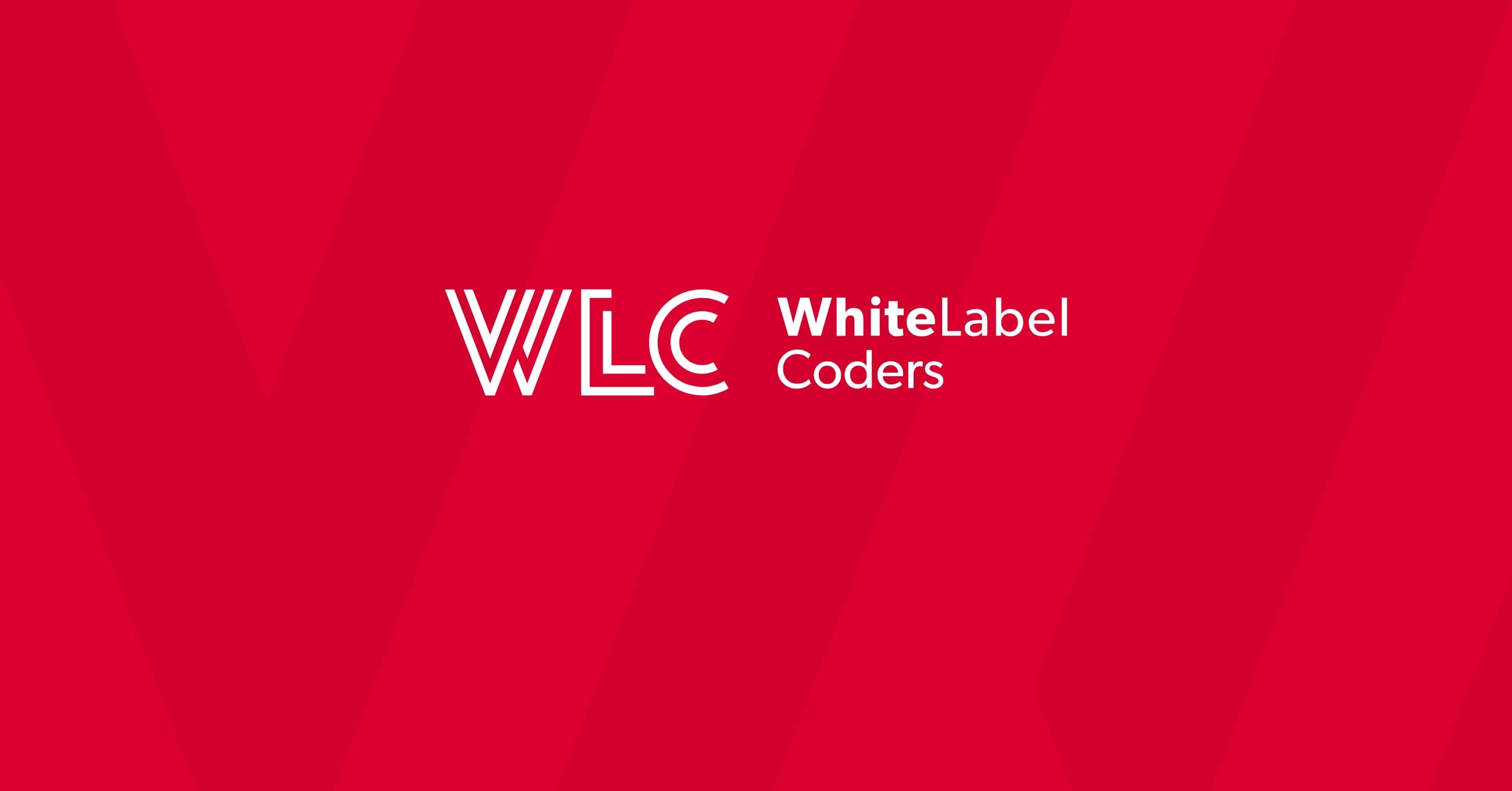Category: SEO AI
What are WordPress custom fields?

Have you ever wondered how WordPress websites manage to store and display such diverse types of content beyond the standard title, content, and excerpt fields? The secret lies in a powerful feature called custom fields, which acts as WordPress’s flexible metadata storage system. Think of custom fields as invisible containers that hold additional information about your posts and pages, enabling you to transform a simple blog into a sophisticated content management system.
Whether you’re building a property listing site that needs to store square footage and price details, or an events website requiring date and location information, custom fields provide the foundation for extending WordPress beyond its basic capabilities. Understanding how to implement and utilise these fields effectively can revolutionise your approach to WordPress custom development, opening doors to creating truly bespoke digital solutions.
Throughout this comprehensive guide, we’ll explore the fundamental concepts behind custom fields, examine various implementation methods, and discover how they serve as building blocks for complex web applications ranging from e-commerce platforms to subscription-based services.
Introduction to WordPress custom fields
WordPress custom fields represent a sophisticated metadata storage system that extends far beyond the platform’s standard post fields. At their core, these fields function as a bridge between basic content management and advanced web application development, enabling developers to store structured data alongside traditional post content.
The beauty of custom fields lies in their ability to transform WordPress from a simple blogging platform into a versatile content management system capable of handling complex data relationships. When you’re developing multilingual business sites or comprehensive e-learning systems, custom fields become the backbone that supports diverse content types and user interactions.
Custom fields are the unsung heroes of WordPress development, quietly powering everything from simple contact forms to complex multi-vendor marketplaces.
Understanding custom fields opens pathways to creating sophisticated digital experiences without the overhead of building custom database structures from scratch. They provide the flexibility needed for projects that demand unique data storage requirements whilst maintaining WordPress’s user-friendly interface.
What are WordPress custom fields and how do they work?
WordPress custom fields operate as key-value pairs stored within the wp_postmeta database table, creating a flexible system for associating additional data with posts, pages, and custom post types. Each custom field consists of a meta_key (the field name) and a meta_value (the stored data), linked to specific posts through the post_id.
The underlying database structure enables remarkable flexibility in content storage. Unlike rigid database schemas, custom fields allow you to add new data types dynamically without altering the core WordPress database structure. This architecture supports everything from simple text fields to complex arrays of information.
| Database Field | Purpose | Example Value |
|---|---|---|
| meta_id | Unique identifier | 123 |
| post_id | Links to specific post | 456 |
| meta_key | Field name | property_price |
| meta_value | Stored data | £250,000 |
When WordPress retrieves a post, it can simultaneously fetch associated custom field data, making this information available for display or processing. This seamless integration allows developers to create rich, data-driven experiences whilst maintaining optimal performance through WordPress’s built-in caching mechanisms.
Types of WordPress custom fields and their applications
WordPress custom fields encompass various data types, each suited to specific content management scenarios. Understanding these types helps you choose the right approach for your project requirements.
Text and textarea fields
Text fields handle single-line inputs perfect for titles, names, or short descriptions, whilst textarea fields accommodate longer content blocks. These form the foundation of most custom field implementations, supporting everything from product specifications to author biographies.
Specialised data types
Number fields ensure data integrity for numerical values like prices or quantities, whilst date fields provide standardised date storage essential for event management or content scheduling. Image fields store media attachments, enabling gallery creation or product photography management.
Selection and choice fields
Select fields offer dropdown menus for predefined options, checkbox fields handle multiple selections, and radio fields enforce single-choice scenarios. These prove invaluable for categorisation systems, user preferences, or configuration options in complex web applications.
Each field type serves specific use cases in content management scenarios, from simple contact information storage to sophisticated product catalogue systems that power advanced WooCommerce e-commerce platforms.
How to add custom fields to WordPress posts and pages?
WordPress provides multiple pathways for implementing custom fields, ranging from native interfaces to programmatic solutions that offer greater control and flexibility.
Native WordPress interface
The built-in custom fields interface appears in the post editor screen options, allowing manual addition of key-value pairs. Whilst basic, this method suits simple implementations where non-technical users need to add occasional metadata.
Programmatic implementation
The add_post_meta() function enables developers to create custom fields programmatically, offering precise control over data validation and storage. This approach integrates seamlessly with custom post types and automated content creation workflows.
For more sophisticated implementations, meta boxes provide custom interfaces within the post editing screen. These create user-friendly forms that simplify data entry whilst maintaining backend flexibility essential for complex WordPress custom development projects.
Integration considerations
When implementing custom fields, consider user experience alongside technical requirements. Meta boxes with intuitive interfaces reduce training overhead and minimise data entry errors, particularly important when managing large content volumes or multiple user roles.
WordPress custom field plugins and advanced solutions
Whilst WordPress provides basic custom field functionality, specialised plugins offer enhanced capabilities that streamline development and improve user experience significantly.
Advanced Custom Fields (ACF) stands as the most popular solution, providing an intuitive interface for creating complex field groups with conditional logic, repeater fields, and flexible content layouts. Its user-friendly approach makes sophisticated custom field implementation accessible to developers of all skill levels.
Meta Box offers similar functionality with a focus on performance and developer-friendly APIs, whilst Toolset provides comprehensive solutions for complex database relationships and front-end display management.
These plugins excel in different scenarios depending on project requirements, team expertise, and long-term maintenance considerations. ACF suits rapid prototyping and client-friendly interfaces, whilst Meta Box offers more granular control for performance-critical applications.
Displaying and retrieving custom field data
Retrieving and displaying custom field data requires understanding WordPress’s metadata functions and implementing proper sanitisation practices for security and performance.
The get_post_meta() function serves as the primary method for retrieving custom field values, accepting post ID and meta key parameters. For ACF users, the_field() provides simplified syntax with built-in formatting options.
Custom queries using WP_Query or get_posts() can filter content based on custom field values, enabling sophisticated content discovery and filtering systems. These techniques prove essential when building subscription-based services or social platforms that require dynamic content presentation.
Proper sanitisation using functions like esc_() or wp_kses() ensures security when displaying user-generated custom field content, whilst caching strategies optimise performance for high-traffic applications.
Conclusion and WordPress custom fields best practices
WordPress custom fields represent a fundamental building block for sophisticated web development, enabling the creation of everything from simple business websites to complex multi-vendor marketplaces. Their flexibility and integration with WordPress’s core architecture make them indispensable tools for modern web development.
Successful custom field implementation requires careful planning around data structure, user experience, and performance considerations. Validate data inputs, implement proper caching strategies, and design intuitive interfaces that scale with your project’s growth.
As you embark on your next WordPress project, remember that custom fields offer the foundation for transforming standard websites into powerful web applications. Whether you’re building video streaming services or comprehensive e-learning platforms, mastering custom fields opens doors to unlimited creative possibilities within the WordPress ecosystem.
The key to success lies in understanding your project’s unique requirements and choosing the right combination of native functionality, plugins, and custom development to achieve your goals efficiently and maintainably.

